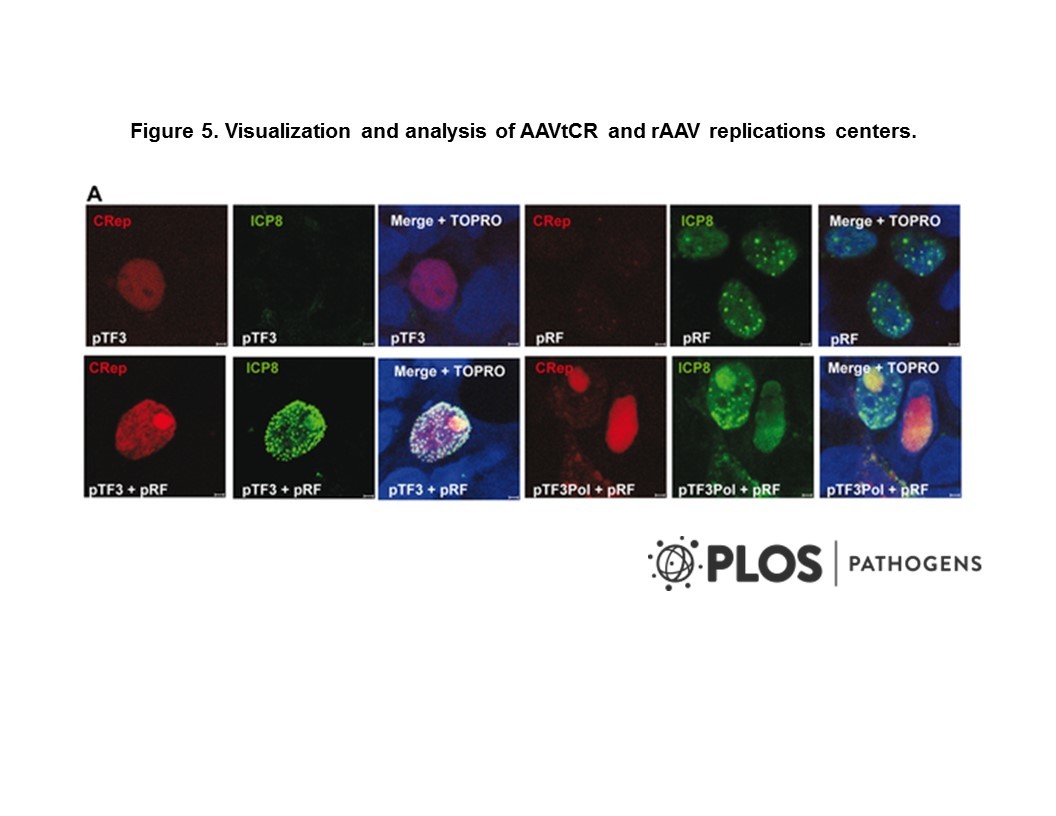Cat. #153599
Melan-a Cell Line
Cat. #: 153599
Sub-type: Continuous
Unit size: 1x10^6 cells / vial
Availability: 3-5 days
Organism: Mouse
Tissue: Embryonic skin
Disease: Cancer
Model: Immortalised line; Non-tumorigenic in syngeneic and nude mice
£800.00
This fee is applicable only for non-profit organisations. If you are a for-profit organisation or a researcher working on commercially-sponsored academic research, you will need to contact our licensing team for a commercial use license.
Contributor
Inventor: Dorothy Bennett
Institute: St George's University of London
Primary Citation: Bennett et al. 1987. Int J Cancer. 39(3):414-8. PMID: 3102392
Tool Details
*FOR RESEARCH USE ONLY
- Name: Melan-a Cell Line
- Alternate name: Melan-a Mouse Melanocyte Cell Line; Melan-a mouse cell line
- Tool sub type: Continuous
- Parental cell: Mouse melanoblasts
- Organism: Mouse
- Tissue: Embryonic skin
- Disease: Cancer
- Model: Immortalised line; Non-tumorigenic in syngeneic and nude mice
- Crispr: No
- Conditional: Yes
- Description: The melan-a cell line is an immortal melanocyte cell line derived from embryonic mouse skin. It was the first established non-tumorigenic mouse melanocyte cell line and has become a widely used model for melanocytes studies. Melanocytes are pigment-producing cells located in the bottom layer of the skin's epidermis and in other tissues. Melan-a cells display the pigmentation and morphology typical of normal melanocytes, expressing both gp100 and the melanocyte marker Melan-A. They are diploid in chromosome number and syngeneic with C57BL mice and B16 melanoma sublines, facilitating comparative investigations. These cells are visibly pigmented, smaller than B16 melanoma cells and retain all tested characteristics of normal melanocytes, except senescence. Among retained features, they also display a proliferative response to cholera toxin in the presence of tetradecanoyl phorbol acetate (TPA). The availability of robust cellular models that reflect normal skin melanocytes, such as the melan-a cell line, is essential for studying the etiology and abnormalities of skin cancers and melanomas, allowing comparisons at a molecular and cellular level.
- Application: Cell culture; melanocyte biology studies
- Production details: Derived from normal epidermal melanoblasts from trunk skin of embryonic day 18 C57BL mice, a black or nonagouti (a/a) mouse
- Biosafety level: 1
- Cellosaurus id: CVCL_4624
Target Details
- Target: Melanocyte
Applications
- Application: Cell culture; melanocyte biology studies
- Application notes: Cells should not be vortexed when thawing. As Melan-a cells proliferate fairly slowly it may take several days before flask is 80-85% confluence and ready to passage.
Handling
- Format: Frozen
- Volume: 1 ml
- Growth medium: RPMI-1640, 10% FBS, 200 nM phorbol-12-myristate-13-acetate (TPA)
- Temperature: 37° C
- Atmosphere: 5% CO2
- Unit size: 1x10^6 cells / vial
- Shipping conditions: Dry ice
- Storage medium: RPMI-1640 medium with 10S and 10% DMSO using a slow freeze Mr.Frosty container
- Storage conditions: Liquid Nitrogen
- Mycoplasma free: Yes
References
- Gabel et al. 2024. Nat Commun. 15(959):1-14. PMID: 38302465.
- Yasuta et al. 2024. Sci Rep. 14:1525. PMID: 38233537.
- Unapanta et al. 2023. J Biol Chem. 299(10):105192. PMID: 37625589.
- Schadendorf et. al. 2018. Nat Rev Dis Primers. 392(10151): 971-984. PMID: 30238891
- Bennett et al. 1987. Int J Cancer. 39(3):414-418. PMID: 3102392.





